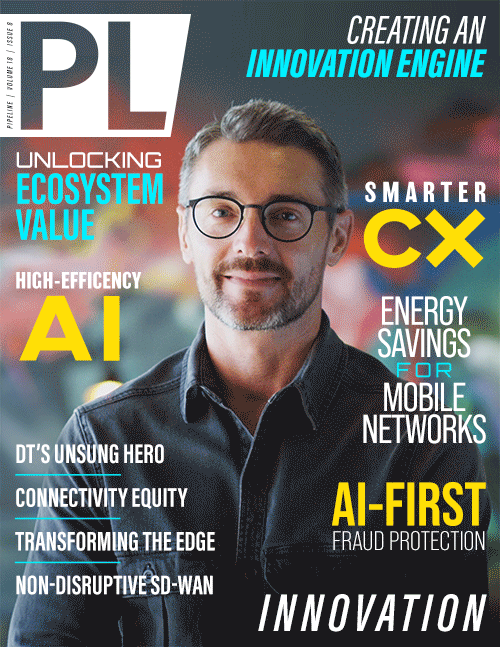Transforming the Digital Economy at the Edge
By: Loren Long

If there was any doubt regarding the significant role high-speed broadband plays in America’s digital landscape, it was eradicated in November 2021 with the passing of the Bipartisan Infrastructure Deal. When President Biden signed a $1 trillion infrastructure bill, which set aside $65 million for broadband and the digital infrastructure that supports it, he solidified what those in the connectivity world have understood for years—that digital transformation is driving a business evolution uplifting local communities and shifting economic paradigms.
Though much of the digital transformation in recent years is attributed to the pandemic, the move to remote work, online education, and telehealth merely expedited the shift, putting a spotlight on the ways the digital economy and broadband have changed how we live and work. The fact is that the digital economy boom was simmering long before COVID-19 brought it to an explosive boil.
Take Netflix for example—a company that today is synonymous with live media streaming. However, Netflix founders Reed Hastings and Marc Randolph probably had no idea the company would come to dominate the digital ecosystem. They essentially intended to replace video rental stores by providing the convenience of having DVDs mailed directly to customers. Netflix was meant as a disruptor to the video rental market. And disrupt it did.
Whether or not the pandemic had occurred, it was inevitable that digital infrastructure would become an integral part of our day-to-day lives as it has been in a state of flux since its inception.
Evolution of digital infrastructure
The digital infrastructure ecosystem focuses on ensuring increasingly faster delivery of infrastructure hardware, software, and technological resources and processes to support the continuous development of digital services and experiences. A key component of the ever-evolving digital infrastructure ecosystem is data centers. In the late 1980s, multi-tenant data centers, or colocation facilities, began to emerge. This marked the first big shift in digital infrastructure. The next substantial shift was the emergence of virtualization, which changed the game for everybody. Companies were grabbing huge applications and making them virtual, layering all the necessary software on the operating system, and then adding virtual applications to it.
Now, the industry is experiencing a shift from traditional virtual machines to abstraction, microservices, and containers. Portions of applications are running in smaller, more defined, purpose-built pieces of software. The distribution of these software pieces is facilitating the rapid inception of Web 3.0 and Internet decentralization.
And with containerization and microservices, the real-time, build-on-demand operating model exists across the board, from public and private cloud to application development. The demand for “composable” infrastructure is driving the market. In addition, software-defined network fabrics are making networking simpler.
The digital divide
Today, people interact with technology in real time thanks to better-than-ever Internet connectivity. It spurs agribusiness operations, expedites media and gaming content, empowers the evolution of education and healthcare, and generates entrepreneurial ventures. The way telecommunications networks have provided a connection to customers has remained generally unchanged for decades. While the Internet has grown and demand for content has escalated, we still see that most content resides in a few major markets; digital transformation drives innovation and expands growth opportunities. But these innovations, combined with other technological evolutions such as rapidly increasing streaming, two-way video services, 5G and the future promise of IoT, continue to drive up bandwidth needs and put pressure on latency in growing markets across the country. While demand for bandwidth has skyrocketed, most content resides in Tier 1 markets, often referred to as the “NFL cities.”
Anyone outside those immediate areas depends on a series of hand-offs from the big carriers to smaller carriers and ultimately to the end-user. This is a major cause of the digital divide, because it adds costs and reduces performance. Considering the newer, emerging applications and technologies, this model simply isn’t viable. It’s like trying to drink a milkshake through a six-foot straw. The answer isn’t to get a bigger straw, it’s



















